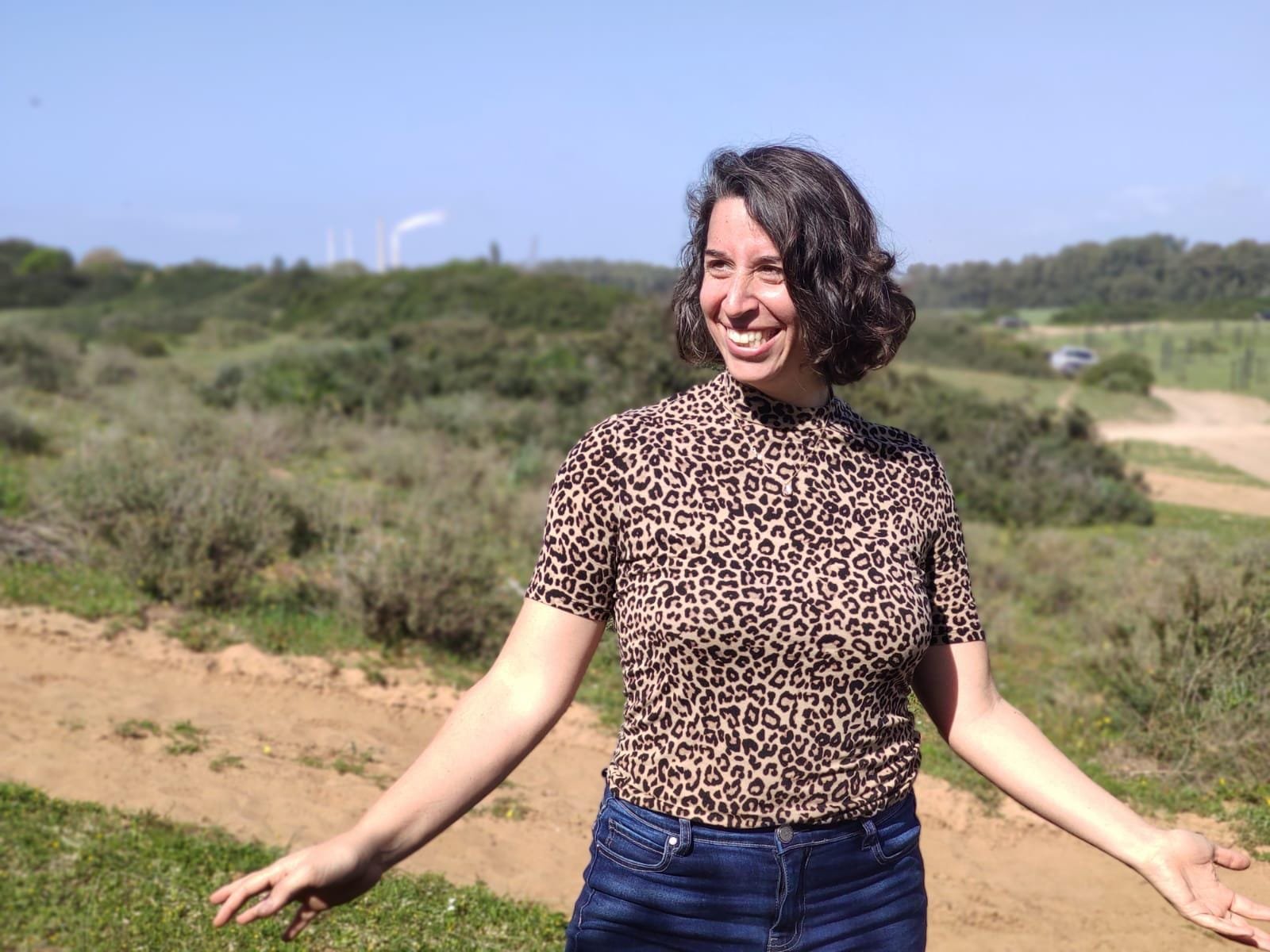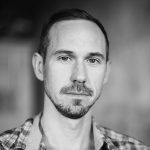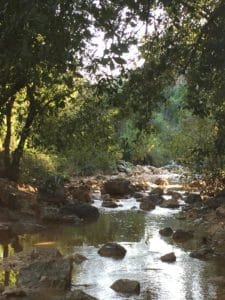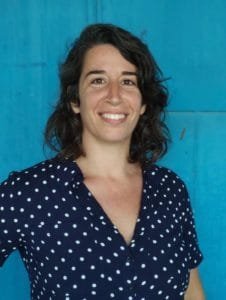
Adi Keter, Pantarei Approach Practitioner
Grateful for the Waves of the Past
Dancer turned phenomenologist Maxine Sheets-Johnstone states: “Movement forms the I that moves, before the I that moves forms movement.” Movement is fundamental to our lives and our actions give great insight into who we are and what we care about. Movement has always been important to Adi. Movement appeared through her dreams of being a professional dancer, when moving to Berlin to try and make it happen, and in the twists and turns this past year has shown her.
Now as a Pantarei Approach practitioner, she develops relationships with her clients that in turn move them. For instance, last month, fellow practitioner Miri Ziskind spoke about how sessions with Adi brought transformation to her life. When asked, Adi responded, “I was very touched by what Miri wrote. It was a pleasure to work with her. I can see how her unique way of music, touch and communication was her mission that found her and vice versa.”
Adi grew up in Israel. From the social communist structure of a kibbutz, she moved to Berlin at the age of twenty-four. “It was a mixed feeling of still pursuing the dream to become a professional dancer but within less than a year I started studying somatic bodywork and since then, eleven years now, I have been a practitioner.”
What motivated you to be a practitioner?
“It was from a personal experience, embodying and feeling the changes and the progress I made in my own life. This approach combines the body, the emotional world, and connection to people. I love diving into people’s stories and lives and discovering different aspects of culture.”
“A huge movement is happening now with somatic work. This new and different wish for community. Life as an individual is still very rooted, but on top of that, there is a wish to come together and this can be smoother if we look at people as the way they are, and not through our own filters.”
“It always comes back to the body, movement, and being present.” Her hands come together smoothly, a gesture for connection between parts.
How does Pantarei continue to help you in your daily life?
“I moved back to Israel last March. This past year was very challenging after eleven years in Berlin. I had a home, a life, and a practice there. I had a challenging break-up that taught me a lot about my boundaries and loving myself and love in general— and then the pandemic and getting used to living in Israel, living closer to my family. All of that was really challenging. I call it the year of healing.”
“If I refer to Pantarei tools: I listen to my body, emotions, and thoughts. I pay attention to my breathing, that I’m well physically, moving, noticing how situations affect me, and how can I affect situations physically. I’m grateful for finding this approach, the radical acceptance of my emotions, and dealing with different emotions that were sometimes contradictory. What I learned through Pantarei was to give space for all of that in order to connect to myself and choose my way, instead of letting my emotions control me —to dive and go with the waves. “
“Seeing people for their uniqueness, really flipped my life upside down. Who do I want to be with and what is fitting for me? There was a lot of honoring space for myself and for others.”
Moving Mountains and Surrendering
Adi continues explaining more insights that this year has helped her remember: “Asking for help and allowing myself to be supported was also a great achievement. Help and support is always there. Seeing that the universe always has my back is something astonishing to remember. It’s again a topic that comes back in my life. The bottom line is to surrender to the art of healing. It’s a process.”
“One of the biggest gifts I received from Pantarei is the ability to look at patterns. I’m great at pushing things and moving mountains for people and myself— moving forward and using a lot of force. This year allowed me to surrender to the healing process from a different angle. The fact that I could not push, that the rhythm was different this year, revealed to me that I had to stop pushing and let go. I can continue to push but the results would be exhausting for me now. Behind the pattern is full of richness and full of me. I will always be grateful for learning this because life becomes more fun and I own my life instead of looking at what needs to change.”
Space and possibilities behind the pattern
“I learned that a quality I have to push can support me and also drain me. I learned this year to not categorize myself in the terms of patterns that I need to fix myself — but more to look at what qualities of my human self can be revealed through what I call a pattern. Patterns aren’t only negative. When does it cause a problem and when is it an asset? For example, impatience. It revealed to me a gift to remember what is always important for me. Instead of seeing it as a reminder that I’m not where I’m supposed to be— if I twist it, I can be soft and gentle and use the impatience to let my heart be.”
“We know that impatience is not supposed to be a good quality. Through deep healing I had no choice but to look at my impatience as an opportunity to see myself and what is really important to me and trust it will remind me of my heart’s desire and who I am.”
“Underneath the impatience is me. My wishes, my goals. I tell myself, ‘maybe now is not the time’, but understanding this feeling is what is keeping things alive.”
If people come to you as a practitioner, what would you want them to know about your practitioner style?
“Having had a collection of challenges this year enabled me to support people through their own challenges. I help them to cross these with their whole heart, with their resilience, and to live the life that they really want. My working room is full of heart and empathy.”
What happens now for you?
“I’m still landing in Israel. With the pandemic you can’t think too far along anymore. I work in Tel Aviv, Emek Hefer and I do Zoom sessions. When things change, I will continue to go back to Berlin and work between these locations.” She smiles and says she has many other things cooking but for now she is enjoying growing her new practice.
Why is Pantarei needed?
“I believe there is a massive call for deep and profound healing in the world. I find the combination of addressing emotional and bodily aspects with the ability for people to be who they are, a wonderful way to heal the fear of strangers. And being free from the fear of not being yourself. I believe this approach brings more humanistic compassion and it is really needed.”
Adi elaborates and defines what healing means for her. “First of all, healing is a process. It’s the courage to meet yourself in the darkest places and to be willing to come out and cross to the other side. It’s a combination of being true to yourself, being resilient and being kind to yourself. And something with love,” she adds, making sure her answer is complete. “Scars can be healed. It’s forever a reminder that something happened but it doesn’t have to determine how we live in the future. Helping people make peace with their past is one of the greatest things we can do.”
Contact: ad******@***il.com
Written by Mike O’Connor






